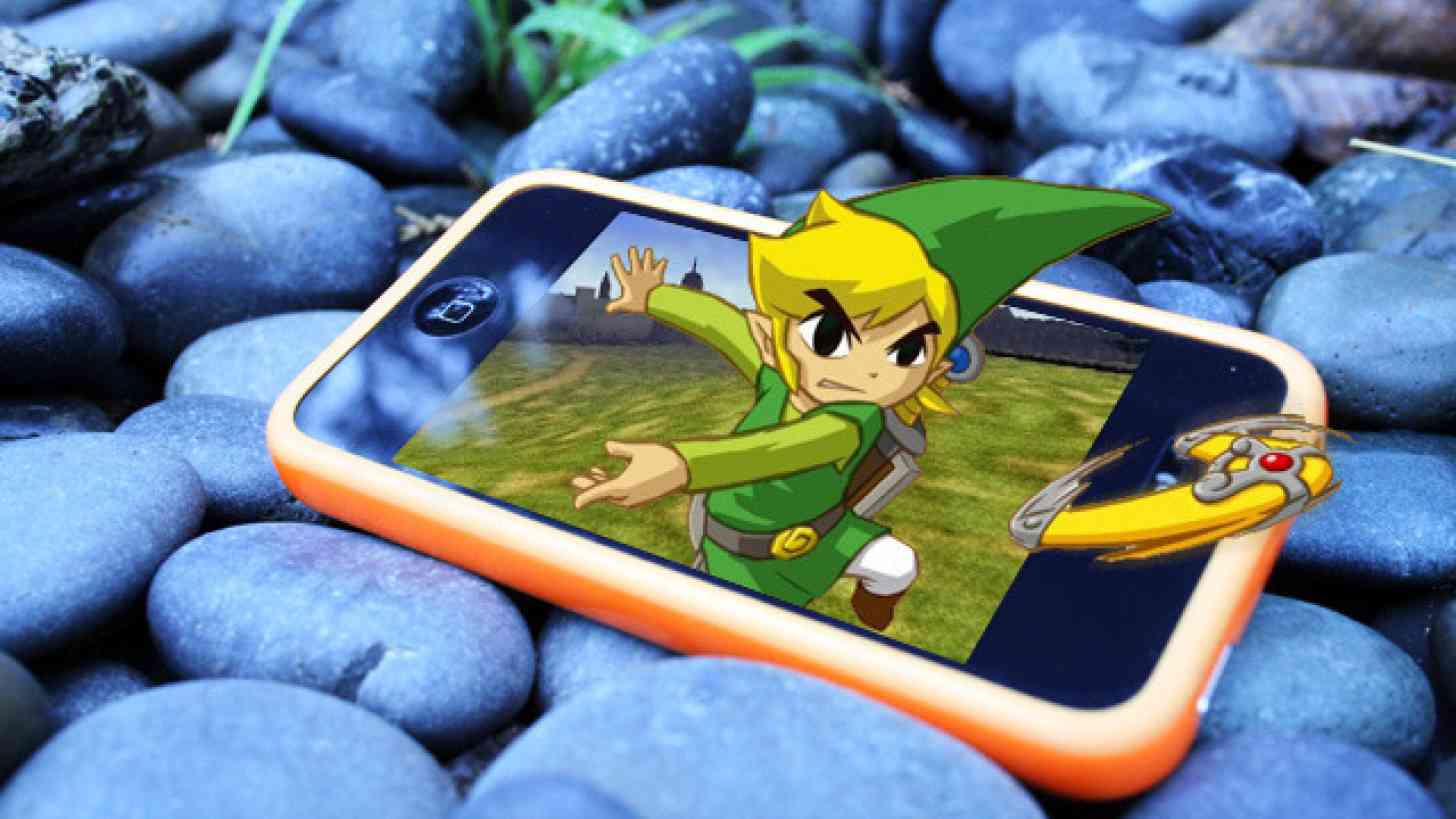
In mobile news today, word spread rapidly that Nintendo will be announcing its first official smartphone game tomorrow. As one of about five total people who own a Wii U, I can’t express how excited I am to see exactly what Nintendo’s first foray into smartphone gaming will entail. However, despite the fact that I love Nintendo games, I can’t say that I’m entirely confident that I will be happy with what a Nintendo smartphone game will actually be like.
I do have high hopes; if nothing else, Nintendo typically makes high quality games. Mario Kart has been a favorite of mine since I owned an SNES, and The Legend of Zelda: Majora’s Mask is easily tied with Chrono Trigger as my all-time favorite console game. Recently I’ve been dabbling in Super Mario Maker and Yoshi’s Woolly World (which is, oh my goodness, adorable beyond words), and I’m no stranger to getting my keister handed to me in Super Smash Bros. I trust that Nintendo will try its best to make a proper video game that caters to smartphone gamers and Nintendo fans alike.
Unfortunately, smartphone games are also one of the easiest to implement microtransactions, or payments that can be made to the game developers in exchange for goods (and typically power) in the game. These are easiest to find in games that claim to be “free-to-play” – which they technically are – but these microtransactions can make it so that the amount of money you sink into the game directly correlates with how powerful you are. For multiplayer games, this can ruin the game for those who just wanted to play for free, as it was advertised.
On the flip side, some microtransactions aren’t so bad. Many games implement microtransactions to make a game easier, likely for younger kids who are having trouble, and sometimes they’re used to purchase cosmetic changes that simply change the look of a character. These microtransactions don’t necessarily take away from the game, but are annoying in the fact that you have to pay real money for something that you would rather just earn by playing the game.
Still, microtransactions in general are a heavy topic for gamers, and for the most part are widely hated. It’s a fine line to walk when a company introduces microtransactions into a game.
Nintendo could easily get away with implementing microtransactions if they wanted to, knowing that plenty of the younger generation of gamers have grown to accept this as “normal”. However, I think it would absolutely kill the brand for those of us who have grown up with Nintendo over the past 25 some odd years, at least in regards to how they're viewed on the smartphone side of things.
DLC, on the other hand, is another story. I’ve grown to accept that additional downloadable content (aka DLC) isn’t as bad as I had initially thought it was. I’m not a big fan, and I have yet to purchase a DLC pack myself, but it doesn’t break the game and it’s an easy way to increase the length of relevance of a game once it is past its prime. I would not be surprised, nor would I be offended, if DLC was added to this new Nintendo smartphone game. I still wish there was an option to earn the content by just playing the game, however, especially if the DLC is added to a game that you’ve already spent money on to purchase.
Really, it’s just game-breaking microtransactions that I’m worried about. Although Nintendo’s former CEO Satoru Iwata has said that Nintendo is more concerned about maintaining their brand image rather than what makes the most money (which many were inclined to trust, given that this is the same CEO who willingly gave up half of his salary twice simply due to weak sales of certain Nintendo consoles), Iwata sadly passed away this past July. There is no telling whether the new CEO, Tatsumi Kimishima, will follow Iwata's sentiments.
We’ll find out tomorrow, but here’s to hoping that the same Nintendo that my generation has grown to love and trust manages to bring that same trust into the modern world of smartphone gaming.